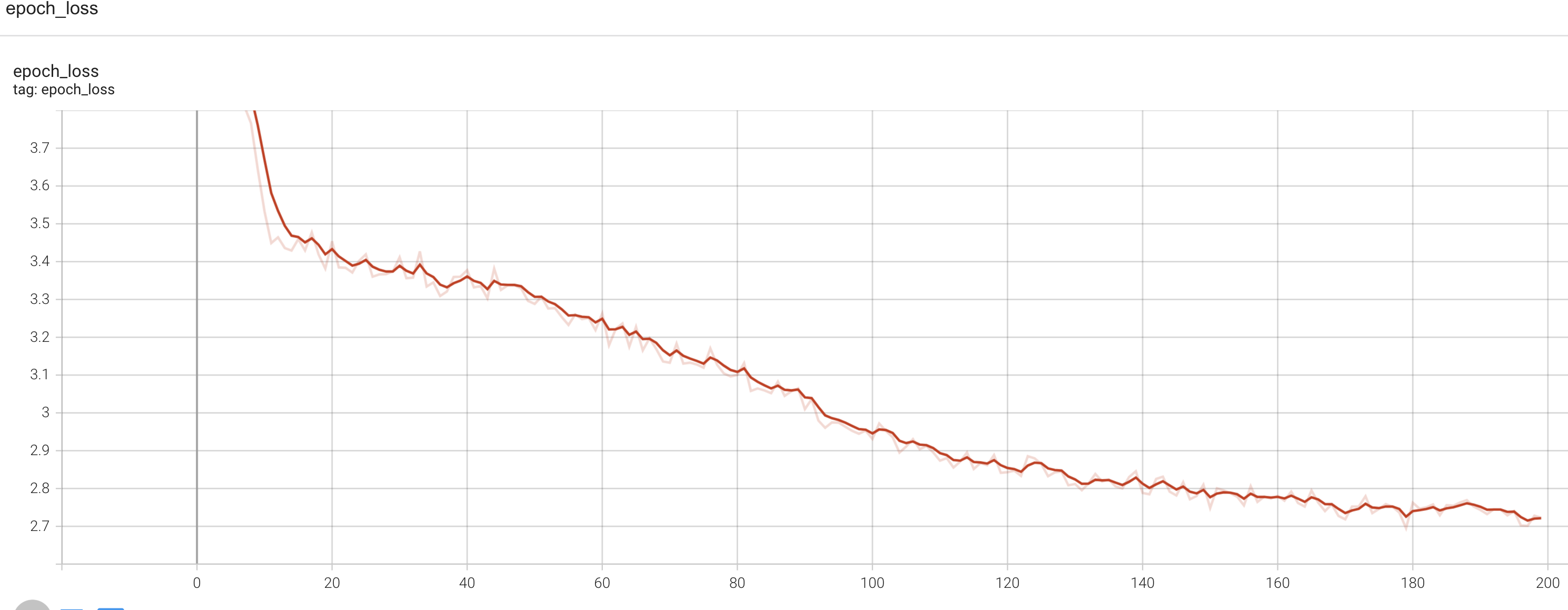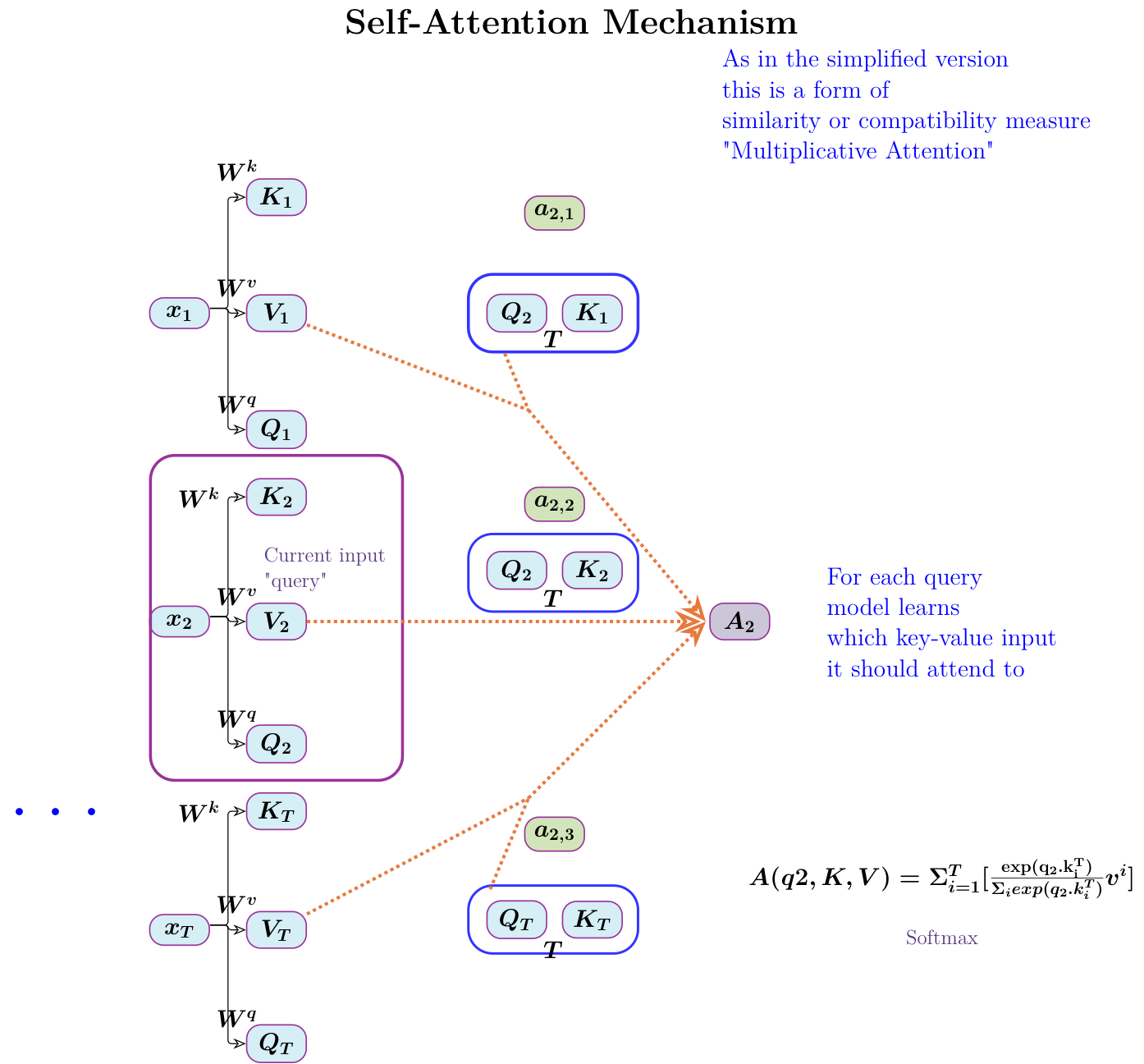Exploring Transformer Architecture (Work in Progress)
I set about learning the Transformer Architecture from first principles. Before long I realized I need to read many Arxiv research papers starting with ‘Attention is All you need’. But there are other older foundational papers dealing with this.
The key confounding aspect for me in the field of Machine Learning is the math. One could watch several videos like I did and take notes. There is one other way to develop intuition. If one is familiar with a framework then a few algorithms can be coded and executed either on CPU or GPU as the case may be.
I believe both these efforts should be parallel to understand the algorithm and the math.
But before understanding the Transformer architecture we need some intuition of the architectures that it improves like Recurrent Neural Nets. So here I start with an RNN, a simple LSTM to generate characters. There are several steps before reaching the target Transformer Architecture.
Tensorflow Code
tf.lookup.StaticHashTable
There are simpler ways to store data in lookup datastructures but there is also a HashTable which I use to store the individual character in the text and the associated indexes.
There is one for looking up the index of a character and one for looking up the character with an index.
indextoelem = tf.lookup.StaticHashTable(
initializer=tf.lookup.KeyValueTensorInitializer(
keys=tf.strings.as_string([idx for idx, inp in enumerate(elem)]),
values=elem,
),
default_value=tf.constant('-1'),
name="indextoelem"
)Part I
The first part can be coded using our Tensorflow knowledge as this is about data preparation. My code is not based on any established pattern like Part 2. It may not be even idiomatic. This is a learning exercise and the code is constructed by referring to the TensorFlow API.
import datetime
import tensorflow as tf
from keras import Sequential
from keras.layers import Embedding
from tensorflow import keras
input = tf.io.read_file("/PycharmProjects/TensorFlow2/shakespeare.txt")
input = tf.strings.strip(input)
input = tf.strings.regex_replace(input,' +', '')
input = tf.strings.regex_replace(input,'\n', '')
length = int(tf.strings.length(input))
vocab = tf.strings.unicode_split_with_offsets(input, 'UTF-8')
elem,idx = tf.unique(vocab[0])
table = tf.lookup.StaticHashTable(
initializer=tf.lookup.KeyValueTensorInitializer(
keys=elem,
values=tf.constant([idx for idx, inp in enumerate(elem)]),
),
default_value=tf.constant(-1),
name="elemtoindex"
)
indextoelem = tf.lookup.StaticHashTable(
initializer=tf.lookup.KeyValueTensorInitializer(
keys=tf.strings.as_string([idx for idx, inp in enumerate(elem)]),
values=elem,
),
default_value=tf.constant('-1'),
name="indextoelem"
)
def random_sample(text):
rand = tf.random.uniform(shape=[], minval=1, maxval=length - 201)
start = int(rand)
# print(f'Start={int(rand)} Length={length} End={start + 200 + 1}')
return tf.strings.substr(text,start, 201, unit='BYTE')
global samplelist,reversesamplelist
samplelist = []
reversesamplelist = []
def reverse_map_fn(bytes):
reversesamplelist.append(indextoelem.lookup(tf.strings.as_string(bytes)))
# print(f'Reverse map{reversesamplelist}')
return bytes
def map_fn(bytes):
samplelist.append(table.lookup(bytes))
return bytes
def draw_random_sample():
for i in range(50):
sample = random_sample(input)
split_sample = tf.strings.bytes_split(sample)
# print(f'Sample {split_sample}')
tf.map_fn(map_fn, tf.strings.bytes_split(split_sample))
global samplelist
reverse_map(samplelist[:-1])
X,y = (tf.stack(samplelist[:-1]),tf.stack(samplelist[1:]))
samplelist = []
yield X,y
def reverse_map(X):
tf.map_fn(reverse_map_fn, X)
logdir = "/Users/anu/PycharmProjects/TensorFlow2/logs/scalars/" + datetime.datetime.now().strftime("%Y%m%d-%H%M%S")
tensorboard_callback = keras.callbacks.TensorBoard(log_dir=logdir)
EMBEDDING_DIM = 128
HIDDEN_DIM = 1024
INPUT_DIM=len(elem)
OUTPUT_DIM=len(elem)
EPOCHS = 200Part 2
This is the part that can be copied if one understands most of the meaning of the network architecture.
def build_model(input_dim,embedding_dim,hidden_dim,output_dim):
# define model
model = Sequential()
model.add(Embedding(input_dim, embedding_dim,batch_input_shape=[50,None]))
model.add(keras.layers.LSTM(hidden_dim,return_sequences= True,stateful=True,
recurrent_initializer=tf.keras.initializers.GlorotNormal()
))
model.add(keras.layers.Dense(output_dim))
print(model.summary())
return model
loss = tf.losses.SparseCategoricalCrossentropy(from_logits=True)
model = build_model(INPUT_DIM, EMBEDDING_DIM,HIDDEN_DIM,OUTPUT_DIM)
model.compile(tf.keras.optimizers.Adam(learning_rate=1e-3),
loss=loss)
print(model.summary())
train_dataset = tf.data.Dataset.from_generator(
draw_random_sample,
output_types=(tf.int32, tf.int32),
output_shapes=((200,1), (200,1))).batch(50)
history = model.fit(train_dataset,epochs=EPOCHS,callbacks=[tensorboard_callback],)Graph of epoch loss
I expected the epoch loss to be driven down lower than what the graph shows. This can be investigated.

Self-Attention
Explanation follows. This diagram is drawn based on Sebastian Raschka’s explanatory diagram. I use Tikz and code is here

